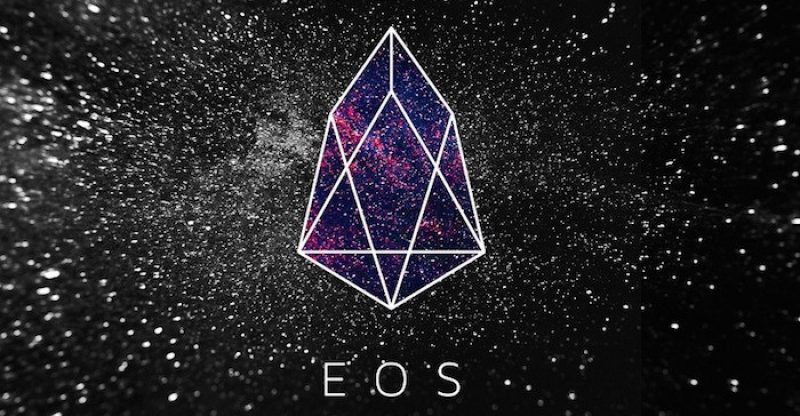China Grades EOS as the Number 1 Blockchain, Bitcoin Not on Top Ten
China Electronic Information Industry Development (CCID) last week updated its blockchain grading that earlier placed Ethereum as the number one blockchain network in the global market.
After suspending its blockchain network following the discovery of the critical bugs, stopping 27 user accounts without explanation, and earning disapproval from relevant experts such as Cornell University professor Emin Gun Sirer and smart contracts developer Nick Szabo, EOS was rated by the Chinese government as the top blockchain network in the world, ahead of Ethereum.
The Chinese government rated EOS as number one, stating EOS is the best blockchain network in the world through technology and innovation.
There is no perfect blockchain ranking, given that a vast majority of blockchain projects that are presently in existence can be separated into at least 10 various categories, such as smart contracts, payments, proof-of-stake (PoS), bank protocol, utility token, tokenized security, and appcoins.
Therefore based on the category of the rating, it is likely for inconsistency to occur in the rating of top blockchain networks.
Yet, there are basics and base category in deciding blockchain protocol. The Chinese government’s CCID blockchain rating has a decent structure consisting of three categories: technology, application, and innovation.
The CCID this week rating ranked EOS at the top of its list, with 103 points in its technology, 15.4 in applicability and 44.1 points in innovation. On the other hand, Ethereum which was ranked by the Chinese government as the second-best blockchain network recorded 85.2 points in technology, 24.9 points in applicability and 28.3 points in innovation.
The technology standard possibly considers the proof-of-stake (PoS) consensus algorithm of EOS and its ability to process greatly more transactions compared to proof-of-work (PoW) blockchains as a matter of fact. Being that Ethereum is trying to become a hybrid PoW and PoS blockchain network in the future, it is just to give additional points to EOS for its effective integration of PoS.
However, EOS is still based in the Ethereum network and without the Ethereum base layer, EOS will not survive. Therefore, in technology and applicability, Ethereum should be at the top ahead of EOS.
The high points given to EOS based on the standard of innovation also has to do with its massive capacity thanks to its PoS protocol. The Ethereum open source development community presently has over 250,000 developers working on scaling solutions such as Sharding and Plasma, which Vitalik Buterin Ethereum developer earlier stated could maximize the transaction capacity of Ethereum to 1 million transactions per second.
“The reason I think layer 1 and layer 2 [networks] are complementary is that ultimately if you look at the math, the scalability gains from the layer 1 improvements and layer 2 improvements do ultimately multiply with each other. If you have a Sharding solution, the Sharding solution itself might increase the scalability of Ethereum by a factor of 100, or eventually even more. But then, if you do Plasma on top of the scalability solution, then what that means is, you’re not just doing 100 times of the amount of activity but you are doing 100 times the amount of entrances, the number of exits, and despite resolutions,” Buterin noted.





